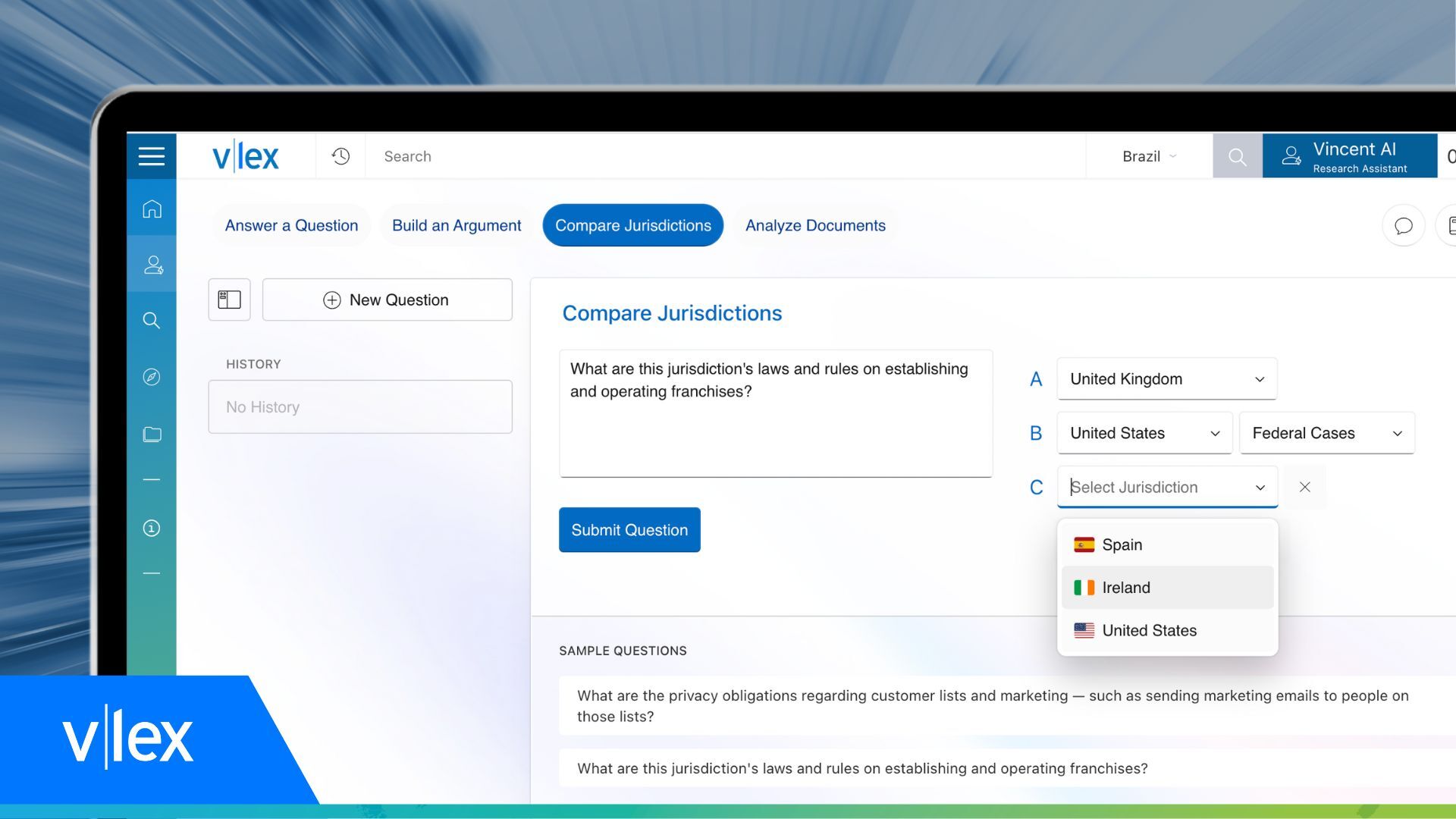Subprime Suits Face Hurdles in the Form of Two Supreme Court Decisions
Recent U.S. Supreme Court decisions may make it more difficult for shareholders suing over subprime losses to prove their claims.
A lawsuit against Morgan Stanley’s chief legal officer offers the traditional kind of allegations, the New York Times reports. The action contends the company held back information about its exposure to mortgage-backed securities.
Two decisions make that kind of suit more difficult to prove, the Times story says.
Last May, the U.S. Supreme Court ruled in Bell Atlantic v. Twombly that plaintiffs in civil cases must show that misconduct was plausible, not just conceivable, and their complaints must include “enough factual matter” to suggest that wrongdoing occurred. The ruling came in an antitrust class action, but it has ramifications in all kinds of civil suits that rely on discovery to gather evidence of wrongdoing, the ABA Journal reported in “Just the Facts, But More of Them.”
A second case decided by the Supreme Court a month later set a higher pleading standard for investor lawsuits. In Tellabs v. Makor Issues & Rights, the court said plaintiffs suing for securities fraud had to show the defendant’s wrongful intent was “more than merely plausible or reasonable—it must be cogent and at least as compelling as any opposing inference of nonfraudulent intent.”
Defendants say these opinions require plaintiffs’ claims to be stronger and more specific, the Times story says. “That can be a tall order when plaintiffs have not yet had the chance to gather evidence—e-mail messages showing an executive’s state of mind, for example—that could help their case.”



